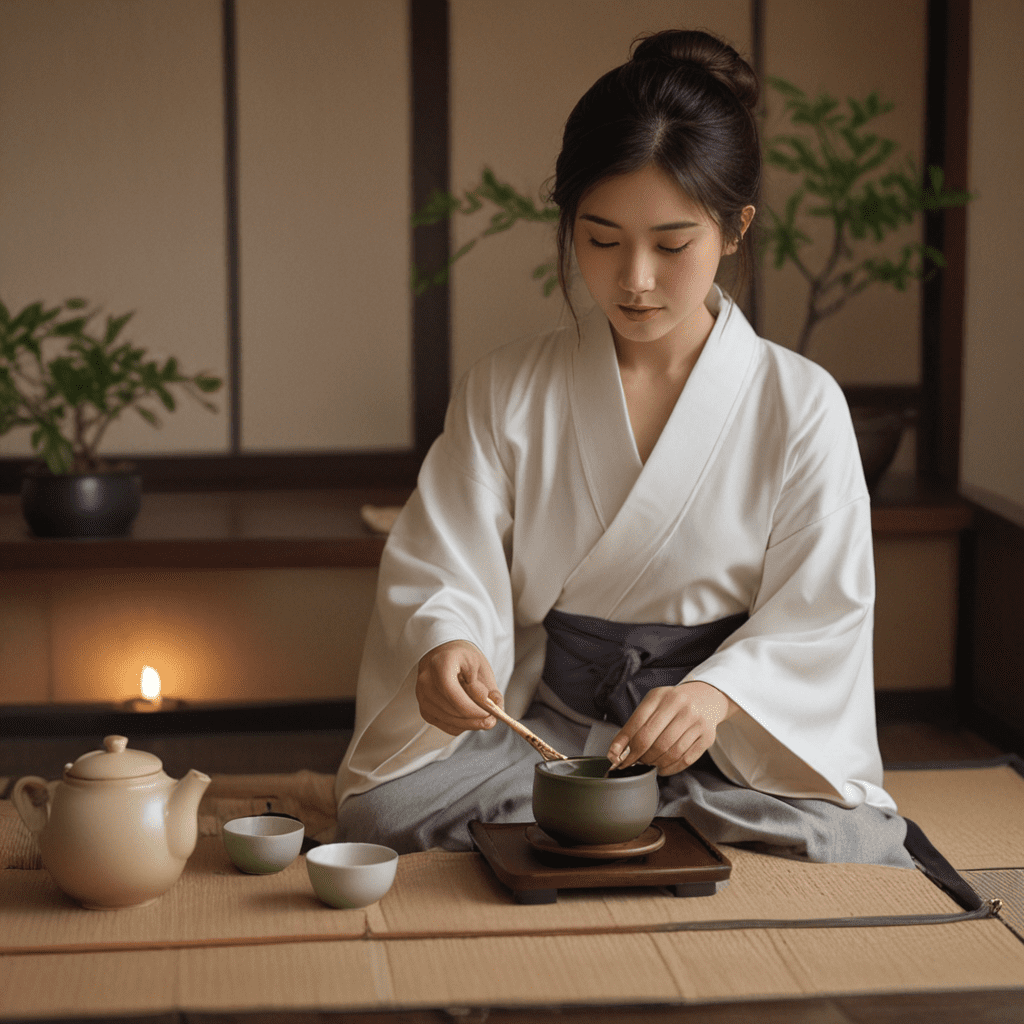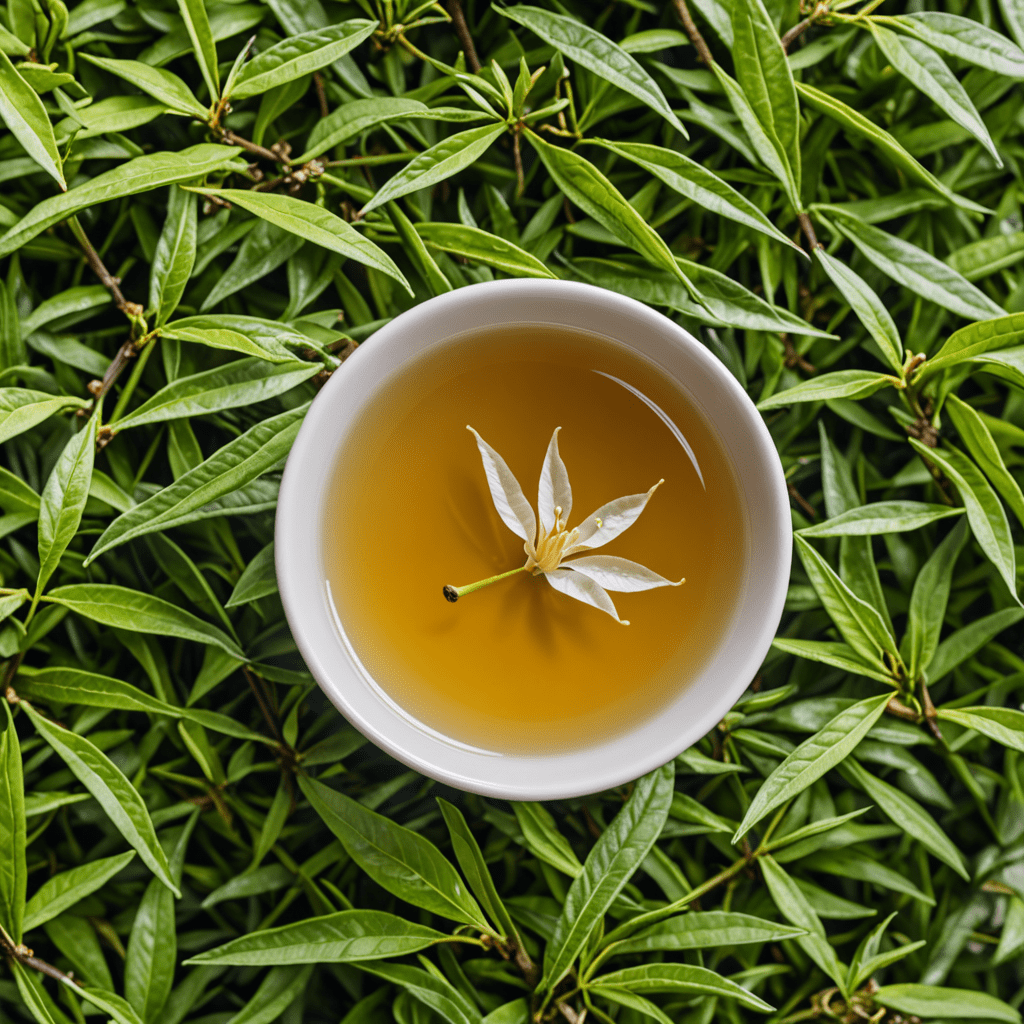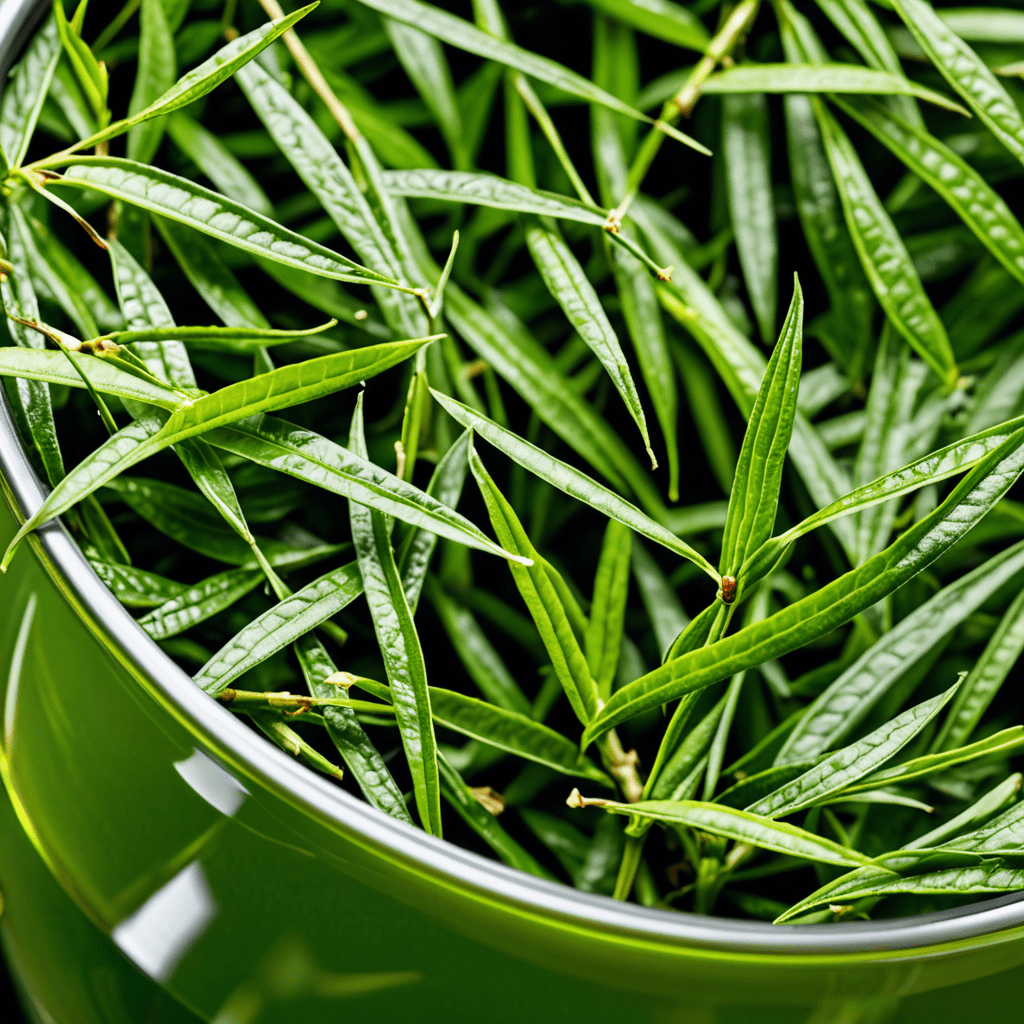Delve into the Rituals of the Japanese Tea Ceremony
I. Introduction
The Japanese tea ceremony, known as chadō or chanoyu, is an elaborate ritual steeped in history and symbolism. Originating in the 16th century, it has evolved into a refined cultural practice that embodies principles of Zen Buddhism, artistry, and social etiquette. The ceremony transcends the mere act of preparing and consuming tea; it offers a profound immersion into Japanese culture, fostering mindfulness, harmony, and inner peace.
II. The History of Tea Ceremony
The introduction of tea to Japan in the 6th century marked the beginning of its cultural journey. Initially used for medicinal purposes, tea gradually gained popularity as a social beverage. In the 12th century, the monk Eisai returned from China with Zen practices and the custom of powdered tea, giving rise to the formal tea ceremony. Sen no Rikyū, a renowned tea master in the 16th century, codified its principles, emphasizing simplicity, tranquility, and the importance of the tea house and garden.
III. Philosophy and Symbolism
The Japanese tea ceremony is rooted in the principles of Zen Buddhism. Harmony, respect, purity, and tranquility are the guiding virtues that permeate every aspect of the ceremony. It offers a space for reflection, contemplation, and cultivating inner peace through the ritualized movements and gestures of tea preparation. The choice and arrangement of tea utensils also carry symbolic significance, reflecting the values of humility, beauty, and impermanence.
IV. Essential Elements
The Japanese tea ceremony is distinguished by its unique setting and essential elements. The tea house, typically located in a serene garden or natural setting, creates an atmosphere conducive to tranquility and detachment from worldly concerns. Tea utensils are carefully selected and arranged to showcase their beauty and simplicity. These include bowls, whisks, bamboo dippers, and incense burners, each with its own symbolic significance and role in the ceremony. Practitioners also wear traditional clothing that complements the ambiance of the tea house and reflects the formality of the occasion.
V. Preparation and Ceremony
The preparation of matcha tea is an integral part of the tea ceremony. The ritualized steps, from whisking the tea powder in hot water to serving it to the guests, embody the principles of mindfulness and precision. Each movement is performed with care and attention, creating a meditative atmosphere. The ceremony involves a sequence of prescribed gestures and conversations that foster a sense of community and shared experience among the participants. The ritualized movements, etiquette, and silent contemplation cultivate a heightened awareness and appreciation for the present moment.
VI. Tea Tasting and Appreciation
The tea tasting experience in the Japanese tea ceremony goes beyond mere consumption; it is an act of sensory perception and appreciation. Etiquette dictates that the first sip is taken in reverence, savoring the tea's delicate aroma and flavor. Silently contemplating the tea's qualities fosters mindfulness and gratitude for the present moment. The host and guests engage in thoughtful conversation, expressing their appreciation for the tea and the shared experience.
VII. Spiritual and Cultural Significance
The Japanese tea ceremony has profound spiritual and cultural significance. It provides a practice ground for cultivating inner peace and mindfulness in the midst of daily life. The ceremony's ritualized nature allows participants to detach from mundane concerns and enter a state of tranquility. It also serves as an expression of Japanese aesthetics, where harmony, simplicity, and impermanence are revered.
VIII. Variations and Styles
Various schools of tea ceremony have emerged over time, each with its distinct practices and traditions. Notable among these are the Omotesenke, Urasenke, and Mushanokoji-Senke schools. Variations occur in tea preparation techniques, tea house designs, and choice of utensils, reflecting different interpretations of the ceremony's principles. These variations enrich the tea ceremony, adding depth and diversity to this cultural expression.
IX. Social and Cultural Impact
The Japanese tea ceremony has left an indelible mark on Japanese culture, shaping social etiquette and interpersonal communication. The ceremony's emphasis on respect, harmony, and mindfulness has extended beyond the tea house into wider social interactions. It has also influenced other art forms, such as architecture, ceramics, and calligraphy, fostering an integrated understanding of aesthetics and spirituality in traditional Japanese culture.
X. Conclusion
The Japanese tea ceremony is a living embodiment of cultural refinement and spiritual practice. Its centuries-old rituals provide a path to contemplation, harmony, and inner peace. The ceremony invites practitioners to embrace Zen principles, appreciate Japanese aesthetics, and forge meaningful connections with others. The Japanese tea ceremony remains a cherished cultural expression, continuing to captivate and inspire across generations.
FAQ
1. What is the origin of the Japanese tea ceremony?
The Japanese tea ceremony originated in the 16th century, evolving from the introduction of powdered tea from China and the influence of Zen Buddhism.
2. What are the key principles of the Japanese tea ceremony?
Harmony, respect, purity, and tranquility are the guiding principles that permeate every aspect of the tea ceremony.
3. What is the significance of the tea house in the Japanese tea ceremony?
The tea house is an integral part of the tea ceremony, providing a serene and detached setting conducive to mindfulness and reflection.
4. What does the etiquette of tea tasting involve in the Japanese tea ceremony?
Etiquette dictates that the first sip of tea is taken in reverence, with guests savoring its aroma and flavor. The host and guests engage in thoughtful conversation, expressing their appreciation for the tea and the shared experience.
5. How has the Japanese tea ceremony influenced Japanese culture?
The tea ceremony has profoundly shaped Japanese culture, instilling values of respect, harmony, and mindfulness in interpersonal interactions. Its influence on art forms such as architecture, ceramics, and calligraphy reflects an integrated understanding of aesthetics and spirituality.



